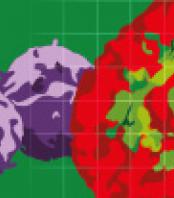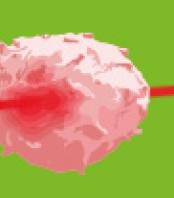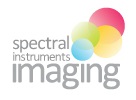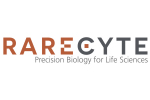Agilent provides xCELLigence impedance-based, label-free, real time cell analysis system and NovoCyte flow cytometers.

Automated microscopy and Spatial Proteomics
Real-time, label free cell analysis
Nano and micro particle analysis

Accelerate to discover
Related topics
EV's and Nanoparticles in "Full Spectrum View" with the new Cytek ESP module

Jul 19, 2024
Cytek’s Enhanced Small Particle (ESP) Detection Option expands the capability of your Cytek Aurora or Cytek Northern...
Automatic, Real Time Acquisition of Bioluminescent Kinetic Curves

Jun 27, 2024
Watch this pre-recorded webinar with Dr. Andrew Van Praagh to learn how our new Aura software feature —Kinetics—...
Orion 2024 AACR poster: 17-plex single-step stain and imaging of cell Lung Carcinoma

Jun 21, 2024
RareCyte Orion is a benchtop, high resolution, whole slide multimodal imaging instrument. A combination of quantitative...
New release now available: Cytek Amnis AI v3.0 Software

Jun 17, 2024
The new Cytek Amnis AI v3.0 image analysis software features an integrated transfer learning algorithm, an option to...
Cytek webinar: Imaging Flow Cytometry for Chromosomal Assessment in Hematological Malignancies

Jun 7, 2024
In this webinar, we will describe a new innovative approach we developed that resolves these limitations. The method...
High-frequency Ultrasound System For Preclinical Imaging

May 13, 2024
The Prospect T1 is an innovative high-frequency ultrasound system designed specifically for in vivo preclinical imaging...
Automatically Acquire Bioluminescent Kinetic Curve Data in Real Time

May 10, 2024
New Kinetics Mode of Aura software ensures you're capturing peak data for optimal sensitivity & reproducibility
SteriRadHD—The Next Generation Cannabis Anti-Microbial Remediation System

May 9, 2024
Precision X-Ray, Inc. Unveils SteriRadHD—The Next Generation Cannabis Anti-Microbial Remediation System. SteriRadHD...

Mar 3, 2016
Many in vitro assays have been developed to screen and evaluate the efficacy of immune cell-mediated killing. The most common of these is the release assay where effector cell-mediated disruption of the target cell membrane results in leakage of its cytoplasmic contents into the culture medium. Endogenous biomolecules (such as lactate dehydrogenase) or previously added exogenous labels (such as the radioisotopes 51Cr or 111In) that leak into the media are then measured as an indirect readout of the damage caused by effector cells.
Alternative endpoint methods include flow cytometry, ELISA-based granzyme measurement, and morphometric analyses by microscopy. Although traditional end-point assays still serve as important tools for evaluating the efficacy of immune cell-mediated killing, there is a critical need for more efficient, homogeneous, automated assays (requiring less hands-on time) that aren’t hampered by the artifacts and hassle of using labels and that can provide quantitative results.
ACEA’s xCELLigence Real-Time Cell Analysis (RTCA) instruments utilize gold microelectrodes embedded in the bottom of microtiter wells to non-invasively monitor cell status including cell number, shape/size and attachment. The major distinguishing features of this technology include enhanced sensitivity, the preclusion of labels and, importantly, kinetic measurement of cell health/behavior.
Related technologies: Real-time, label free cell analysis
Get more info
Brand profile
Agilent provides xCELLigence impedance-based, label-free, real time cell analysis system and NovoCyte flow cytometers.
More info at:
www.aceabio.com